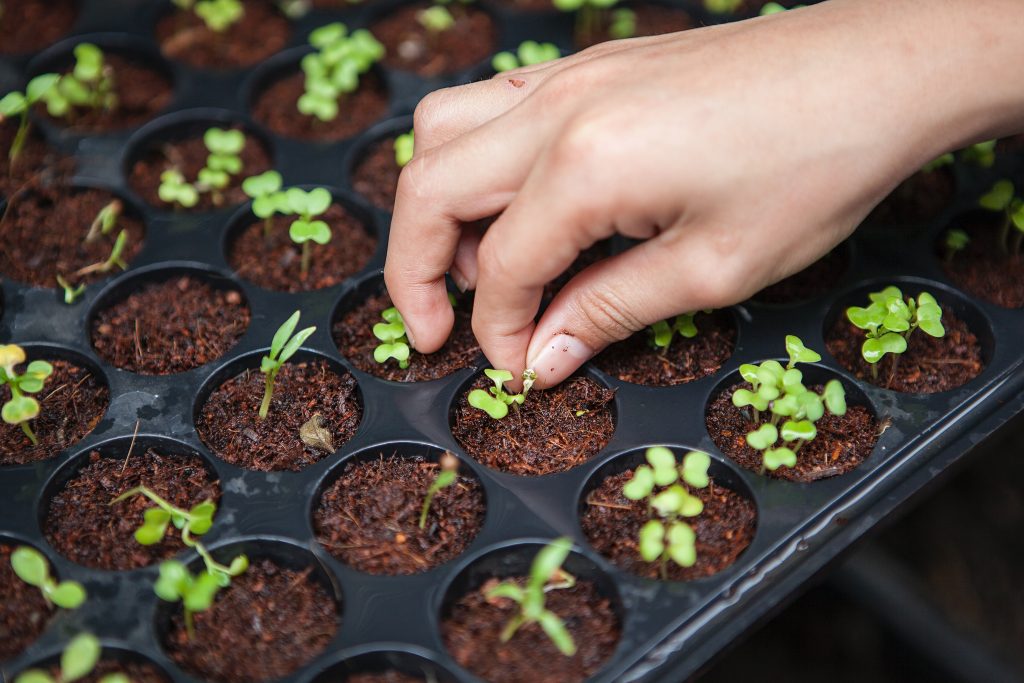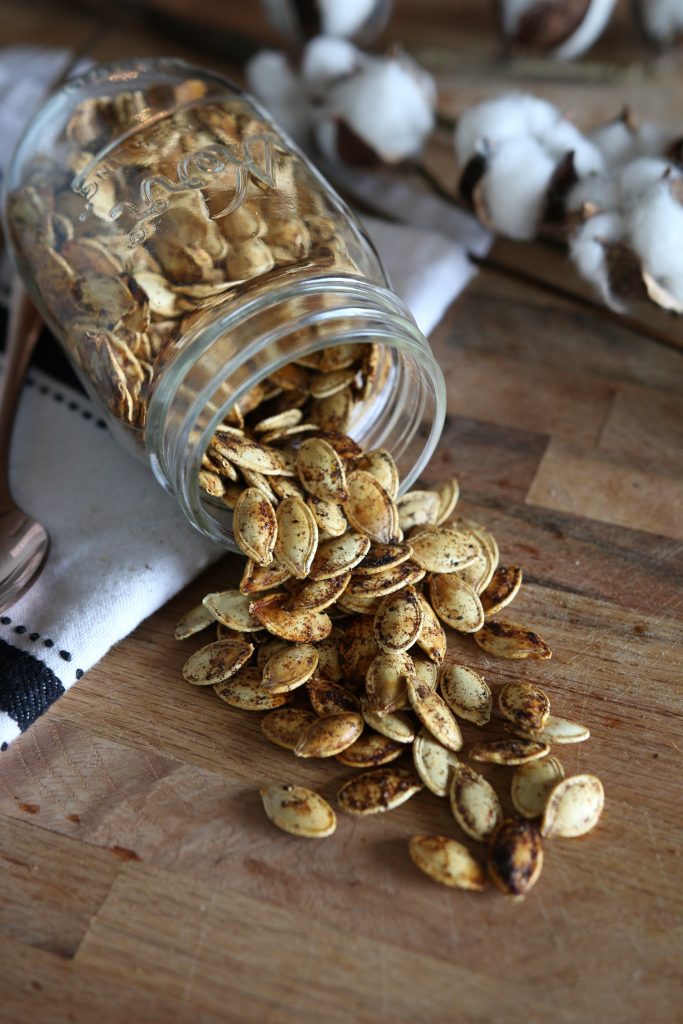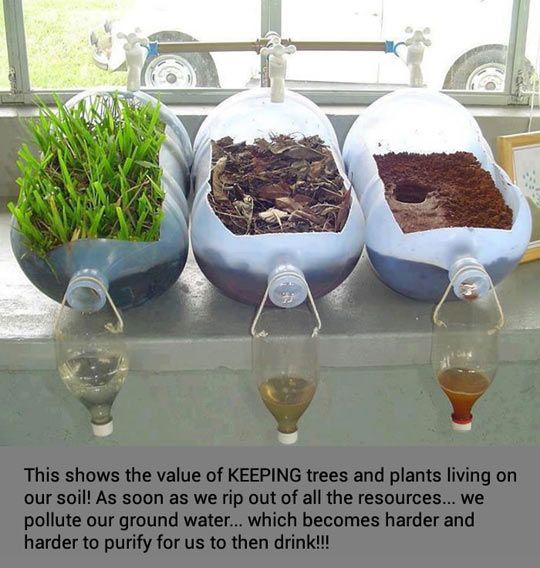A new law proposed by the European Commission would make it illegal to “grow, reproduce or trade” any vegetable seeds that have not been “tested, approved and accepted” by a new EU bureaucracy named the “EU Plant Variety Agency.” It’s called the Plant Reproductive Material Law, and it attempts to put the government in charge of virtually all plants and seeds. Home gardeners who grow their own plants from non-regulated seeds would be considered criminals under this law.

The draft text of the law, which has already been amended several times due to a huge backlash from gardeners, is viewable here.

Stock up on heirloom seeds now
“This law will immediately stop the professional development of vegetable varieties for home gardeners, organic growers, and small-scale market farmers,” said Ben Gabel, vegetable breeder and director of The Real Seed Catalogue. “Home gardeners have really different needs – for example they grow by hand, not machine, and can’t or don’t want to use such powerful chemical sprays. There’s no way to register the varieties suitable for home use as they don’t meet the strict criteria of the Plant Variety Agency, which is only concerned about approving the sort of seed used by industrial farmers.”

Virtually all plants, vegetable seeds and gardeners to eventually be registered by government
All governments are, of course, infatuated with the idea of registering everybody and everything. Under Title IV of the proposed EU law:
Title IV Registration of varieties in national and Union registers
The varieties, in order to be made available on the market throughout the Union, shall be included in a national register or in the Union register via direct application procedure to the CVPO.
Gardeners must also pay fees to the EU bureaucracy for the registration of their seeds. From the proposed law text:
The competent authorities and the CPVO should charge fees for the processing of
applications, the formal and technical examinations including audits, variety denomination, and the maintenance of the varieties for each year for the duration of
the registration.
While this law may initially only be targeted at commercial gardeners, it sets a precedent to sooner or later go after home gardeners and require them to abide by the same insane regulations.
Government bureaucracy gone insane
“This is an instance of bureaucracy out of control,” says Ben Gabel. “All this new law does is create a whole new raft of EU civil servants being paid to move mountains of papers round all day, while killing off the seed supply to home gardeners and interfering with the right of farmers to grow what they want. It also very worrying that they have given themselves the power to regulate and licence any plant species of any sort at all in the future – not just agricultural plants, but grasses, mosses, flowers, anything at all – without having to bring it back to the Council for a vote.”
As a hint of the level of insane bureaucracy that gardeners and vegetable growers will be subject to under this EU law, check out this language from the proposed EU law:
Specific provisions are set out on the registration in the Union variety register and with regard to the possibility for the applicant to launch an appeal against a CPVO decision. Such provisions are not laid down for the registration in the national variety
registers, because they are subject to national administrative procedures. A new obligation for each national variety examination centre to be audited by the CPVO will be introduced with the aim to ensure the quality and harmonisation of the variety registration process in the Union. The examination centre of the professional operators will be audited and approved by the national competent authorities. In case of direct application to the CPVO it will audit and approve the examination centres it uses for variety examination.
Such language is, of course, Orwellian bureaucratic speak that means only one thing: All gardeners should prepare to be subjected to total government insanity over seeds, vegetables and home gardens.
RealSeeds.co.uk warns about any attempt to actually try to understand the law by reading it:
You cannot just read the first 5 pages or so that are an ‘executive summary’, and think you know what this law is about. The executive summary is NOT what will become the law. It is the actual Articles themselves that become law, the Summary has no legal standing and is just tacked on as an aid to the public and legislators, it is supposed to give background information and set the proposed legislation in context so people know what is going on and why.
The problem with this law has always been that the Summary says lots of nice fluffy things about preserving biodiversity, simplifying legislation, making things easier etc – things we all would love – but the Articles of the law actually do completely the opposite. And the Summary is not what becomes the law.
For example, the Summary of drafts 1, 2 & 3 talked about making things easier for ‘Amateur’ varieties. But the entire class of Amateur vegetables – which we have spent 5 years working with DEFRA to register – was actually abolished entirely in the Articles right from the start. Yet the Summary , and press releases based on it, still talked about how it will help preserve Amateur varieties! The Summary is completely bogus. Do not base your views of the law on it!
So, be warned. By all means, read it yourself. But you have the ignore the Summary as that is not the Law, and does not reflect what is in the Law.
As you might suspect, this move is the “final solution” of Monsanto, DuPont and other seed-domination corporations who have long admitted their goal is the complete domination of all seeds and crops grown on the planet. By criminalizing the private growing of vegetables — thereby turning gardeners into criminals — EU bureaucrats can finally hand over full control of the food supply to powerful corporations like Monsanto.
Nearly all varieties of heirloom vegetable seeds will be criminalized under this proposed EU law. This means the act of saving seeds from one generation to the next — a cornerstone of sustainable living — will become a criminal act.
In addition, as Gabel explains, this law “…effectively kills off development of home-garden seeds in the EU.”
This is the ultimate wish of all governments, of course: To criminalize any act of self-reliance and make the population completely dependent on monopolistic corporations for their very survival. This is true both in the USA and the EU. This is what governments do: They seize control, one sector at a time, year after year, until you are living as nothing more than a total slave under a globalist dictatorial regime.
An online petition has already been started on this issue and has garnered nearly 25,000 signatures so far.
NOAH’S ARK and 240 other organizations from 40 European countries have also initiated an “open letter” appealing to Brussels bureaucrats to stop the insanity. Click here for a translated version of their petition.
I saw this coming
By the way, I am on the record predicting this exact scenario. Read Chapter Three of my fiction book, “Freedom Chronicles 2026.” (Read it FREE, online.) It depicts a seed smuggler living in a time when seeds are criminalized and people earn a living as professional seed smugglers.
In my book, a woman uses a specially-crafted breast prosthesis to smuggle seeds to “underground gardeners” in full defiance of laws crafted by Monsanto. A vast underground network of grassroots gardeners and scientists manage to put together a “seed weapon” to destroy GMOs and take back the food supply from evil corporations.
Mark my words: Seeds are about to become contraband. Anyone who grows their own food is about to be targeted as a criminal. The governments of the world, conspiring with corporations like Monsanto, do not want any individual to be able to grow their own food.
This is about total domination of the food supply and the criminalizing of gardeners. And this is what big government always does after centralizing sufficient power. All governments inherently seek total control over the lives of everyone, and if you don’t set boundaries and limits for government (i.e. the Bill of Rights), it eventually runs roughshod over all freedoms and liberties, including the freedom to grow your own food.
Additional sources:
http://open-seeds.org/bad-seed-law/
http://www.realseeds.co.uk/seedlaw.html
Learn more: http://www.naturalnews.com/040214_seeds_european_commission_registration.html#ixzz2SoEzRpHN



















